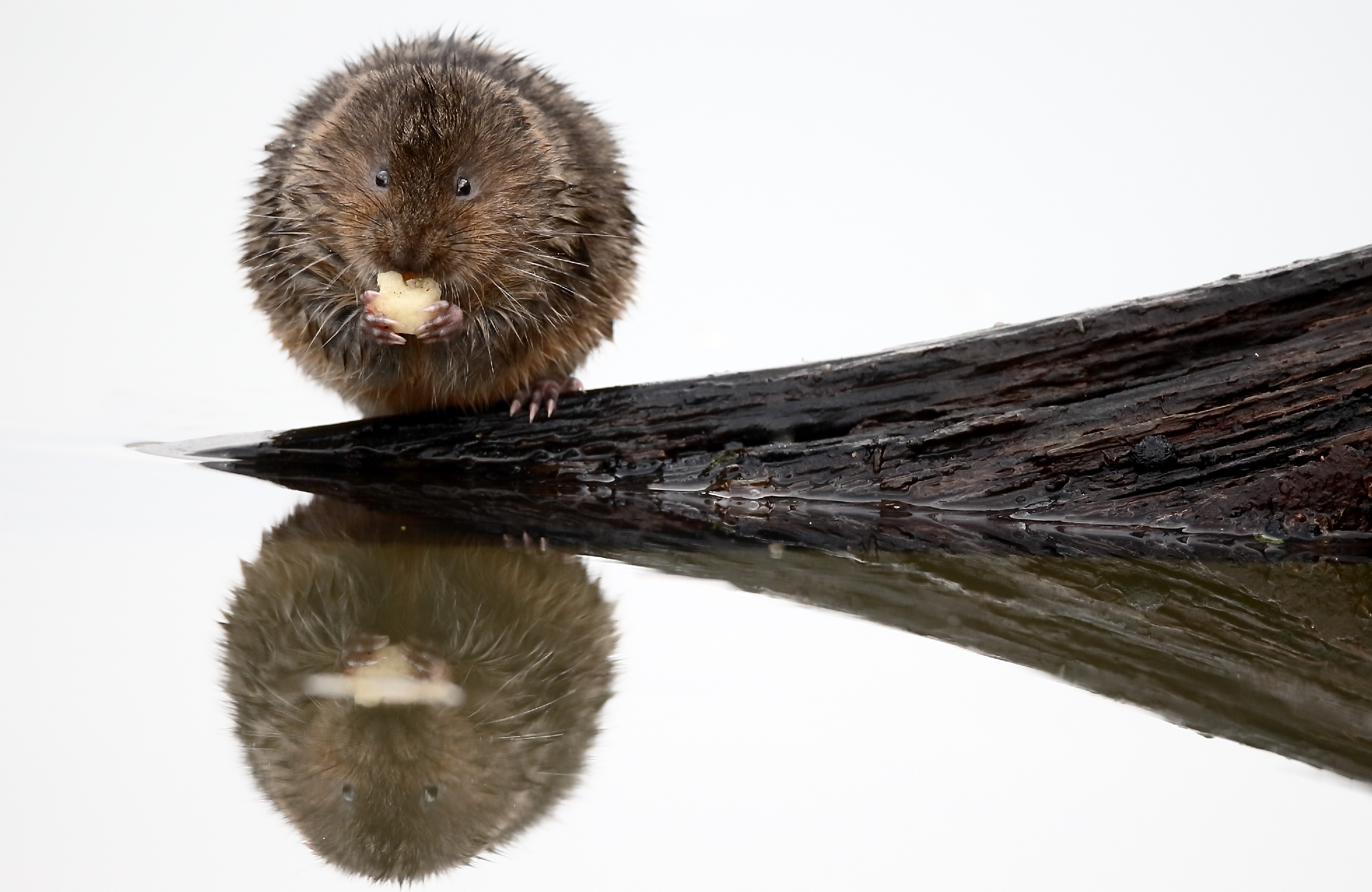What is the National Water Vole Monitoring Programme?

We are determined not to let water voles vanish before our eyes. With your support we are confident we can change the future for our riverside friends.
Why water voles?
Water voles are disappearing. They started to lose their homes in the 1940s and 50s with the intensification of agriculture, but the most devastating factor to their demise came during the 1980s and 90s. Illegally released American mink spread furiously across the countryside preying on the vulnerable native mammals, and continue to do so today. In just ten years water vole numbers had crashed by almost 90%.
People’s Trust for Endangered Species launched the first National Water Vole Monitoring Programme (NWVMP) across Britain in 2015 to establish where water voles remain and how many there are. The knowledge gained will guide our best conservation efforts. Take part – read our guide to what the survey involves, then register to take part.
What is the National Water Vole Monitoring Programme (NWVMP)?
Between 1989 and 1998 the Vincent Wildlife Trust (VWT) conducted two national water vole surveys that demonstrated the dramatic decline of our water voles. The randomly selected sites that were visited during these two surveys form the basis of our new survey. We aim to annually resurvey these sites, to find out what’s happened since 1998 and also detect any future changes. This will allow us to plan and carry out effective conservation action that will really make a difference to water voles.
To take part you will need to survey one 500m length of riverbank at an allocated site once a year, usually between 15th April and 15th June. You will record all water vole field signs that you see, along with any otter and mink field signs to gain an insight into the distribution of these two species. Full guidance will be given.
If you already record water voles you can add your site and data to the survey.
Please note: for the NWVMP we ask you to monitor a 500m stretch of waterway and ideally continue to monitor it each year. This means we can more easily compare results across sites and across years. If you would like to report a one-off sighting of a water vole, please do this via your Local Environmental Records Centre. They will then be able to add it to their records and feed the information into the National Water Vole Database and Mapping Project which is run by The Wildlife Trusts.
What is the survey aiming to find out?
With your help we will:
- Monitor water vole presence/absence, as well as relative abundance, at sites across England, Scotland and Wales on an annual basis so we can detect any changes in their populations and distribution.
- Collect records of mink and otter presence at these sites, as well as information about whether any mink control is carried out.
Get involved today
Read our guide to learn what the survey involves and then how you can register to take part. You can also visit our FAQs for more information.
